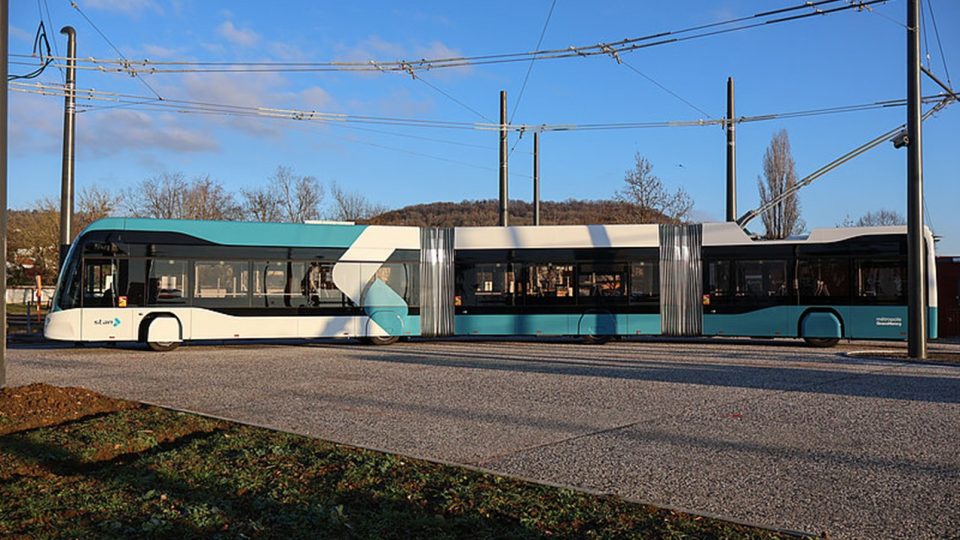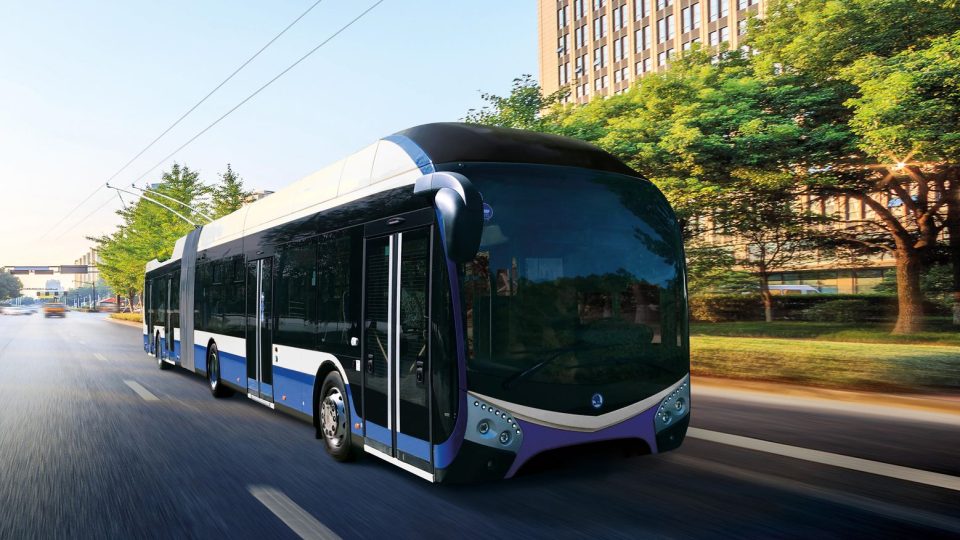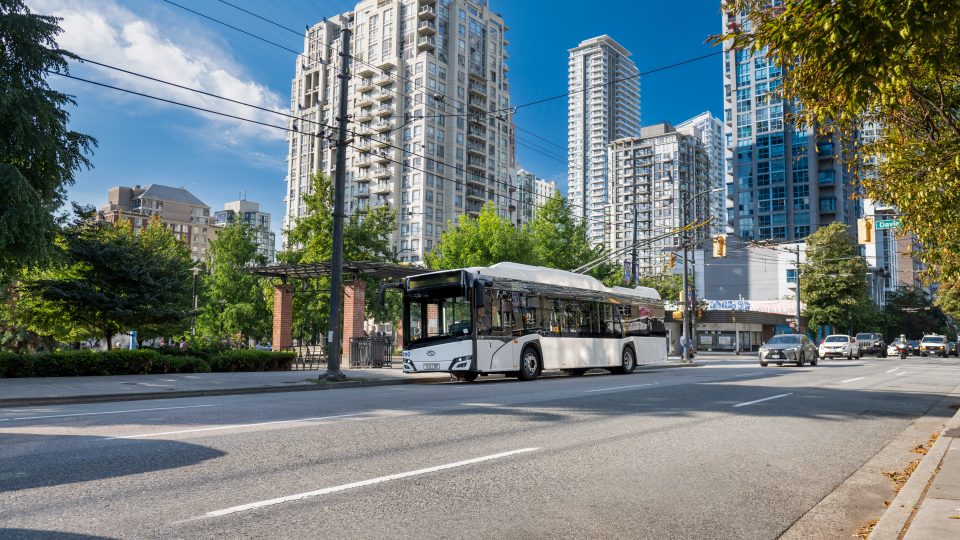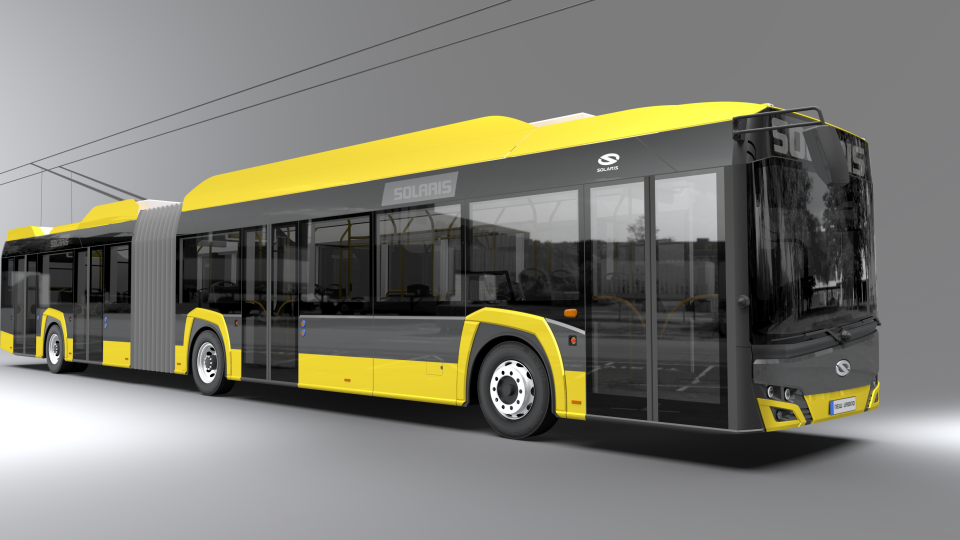The first “Combino” streetcar returns to Poznan after its modernization
The first of the Combino trams has returned to Poznan after a general overhaul, which involved refurbishing and modernising the vehicle. Poznan, with a population of 535,000, located in the west of Poland, is the fifth largest city in the country, and has an extensive and important tram network that has been in operation since […]
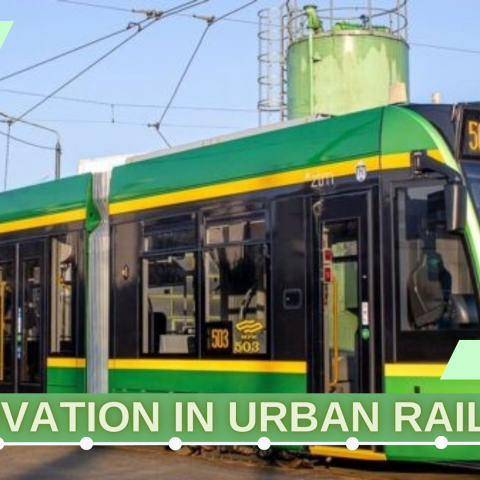
The first of the Combino trams has returned to Poznan after a general overhaul, which involved refurbishing and modernising the vehicle.
Poznan, with a population of 535,000, located in the west of Poland, is the fifth largest city in the country, and has an extensive and important tram network that has been in operation since 30 July 1880. Until 1898, traction was provided by horses, which were replaced on 6 March of that year by the innovative electric traction. At the time, the network comprised three lines; the fourth line with electric traction was opened as early as 1899, and gradually, most of the city’s districts were reached by tram. After World War II, the lines destroyed in the war were rebuilt, with extensions to the municipal cemetery and new settlements. The 1994 city development strategy provided for new tram lines, including a fast line opened in 1997. According to the planning document, the tram was to be the main mode of transport in the city, and with a strenght network, and equipped with technical devices such as right of way at intersections.
Today MPK, which manages the public transport network in Poznan, has 16 tram lines in operation. The average journey time varies between 30 and 39 minutes, with the exception of line 18, which has a journey time of 44 minutes, and line 98 of just 5 minutes. The service operates on almost all lines from approximately 4 a.m. to midnight, with some lines limiting service to 10 p.m. The service schedule runs every 10 minutes during peak hours, and every 15 minutes during off-peak hours. On Saturdays and holidays, frequencies are increased to 20 minutes.
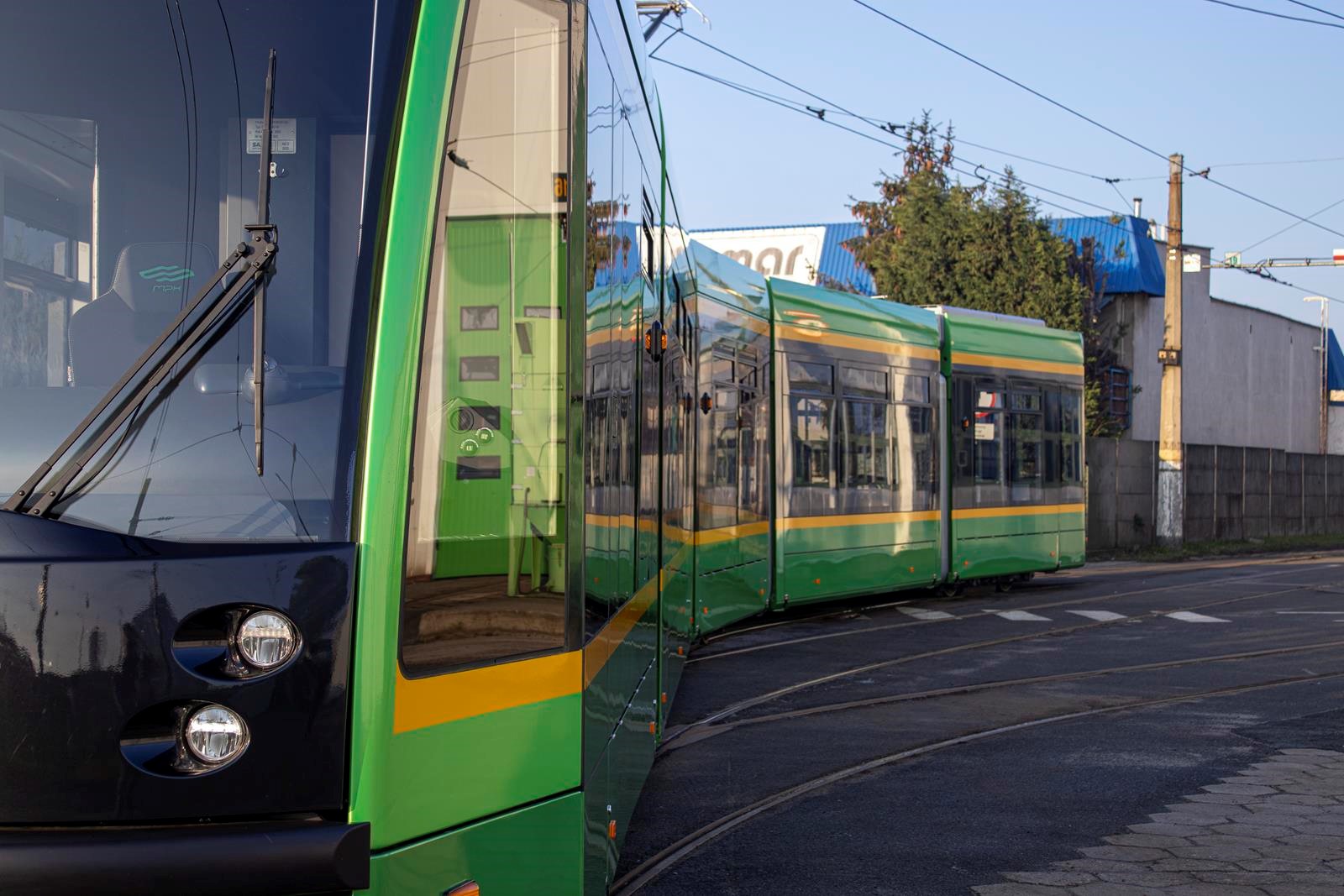
Most of the fleet is newly built, and in some cases has already been revamped. The oldest models are the Konstal 105 NA, built between 1979 and 1992, of which around 20 vehicles remain active, the 1997 Tatra RT6, which also underwent a general overhaul between 2012 and 2016, and the 14 Siemens Combinos delivered in 2003 and currently undergoing revamping; in the 2000s, in addition to the Combinos, Moderus Alfa MF and Beta MF models were delivered, some 40 of which were built by Modertrans Poznan; they entered service between 2008 and 2015; 20 more Moderus Beta MFs arrived in 2016, followed by another 20 in 2017, 30 Moderus Gamma LFs in 2018 and another 20 Moderus Gamma LFs in 2019. Solaris’ 46 Traminos entered service between 2011 and 2012. The fleet now totals around 200 units. 14 Siemens Combino trams in Poznań are five-car multi-articulated vehicles with a fully low-floor, a length of 29.4 m and 60 seats. MPK has scheduled a general overhaul of the vehicles after 16 years of operation or at 1,280,000 km, so that the operation of the trams is equivalent to that of newly built trams.
The first of the Combino trams (number 503, from the 501-514 series) has already undergone the work – acceptance has just been completed, confirming that it can carry passengers. The wagon underwent a complete inspection, following which individual elements were replaced or renewed, including the electrical, control and drive systems.
At the same time, the vehicle gained LED lighting and a new colour scheme: green is still dominant on the tram, but with two yellow and black bands. . The passenger information system was enhanced with additional displays with the line number on the sides of the vehicle and additional information monitors.
Inside the vehicle the floor covering was replaced, the passenger seats, wall panels and handrails were renewed, which – apart from those at the doors – are now grey. All buttons used by passengers to open the doors, have been replaced. A stand and straps have been installed for securing bicycles carried.
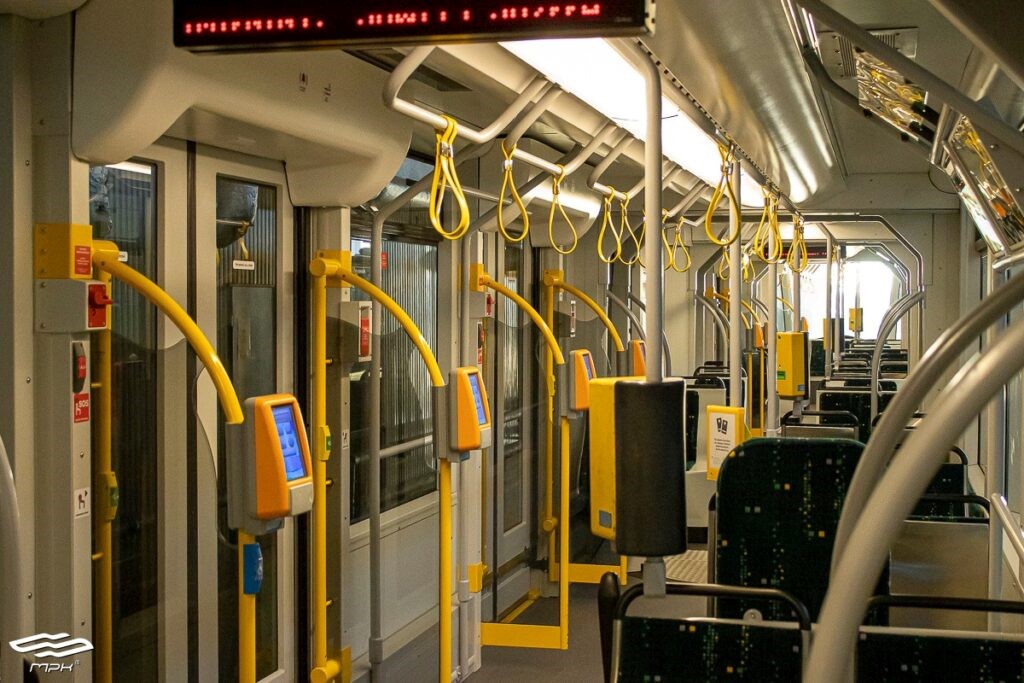
The driver’s cab was also renovated: the driver’s seat was replaced and the bench was refurbished with new control equipment. New on-board computer screens were added and the passenger information system (SIP) controller, PEKA and ITS (intelligent traffic control) were replaced. The existing event recorder (black box) was replaced with a new generation device.
Work on the next Siemens Combino trams will be carried out at a later date: currently two more vehicles have been handed over to the contractor and the next one is being prepared for delivery. Photovoltaic panels will be installed on one of the vehicles – the energy obtained from them will support the supply of on-board systems powered by 24 V installations. However, this is a test solution, the implementation of which was undertaken (at no extra cost to MPK Poznań) by Enika and Saatz.
All Siemens Combino trams in the Poznań fleet will undergo major repairs by the end of 2024, amounting to €11.2m. These activities contribute to increasing the reliability of the rolling stock and improving travel comfort and will enable further operations for the coming years.


